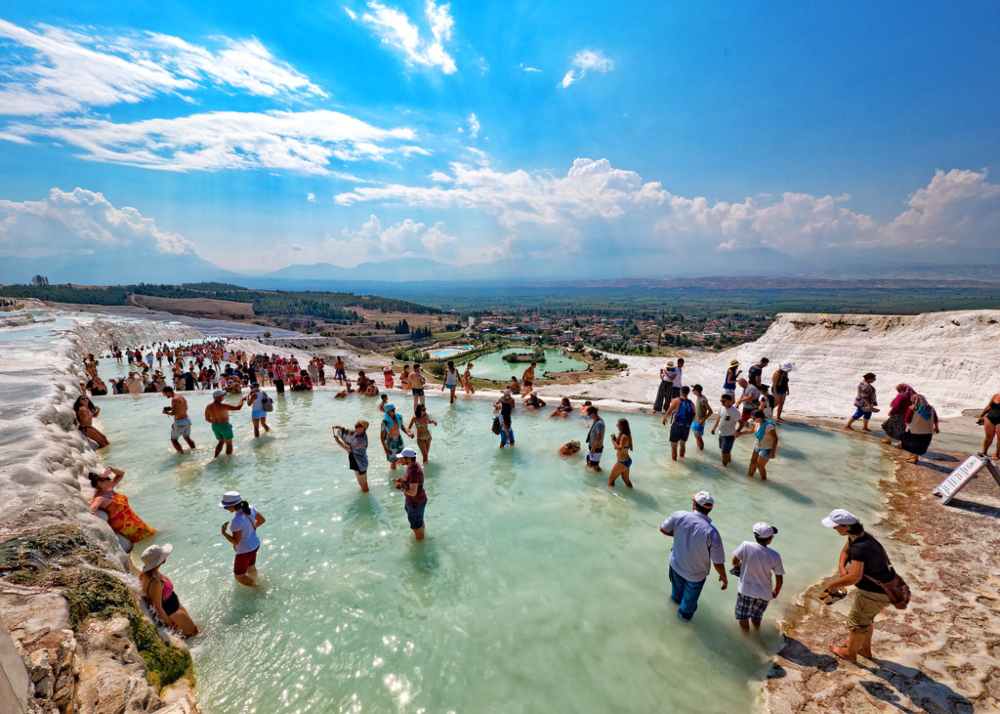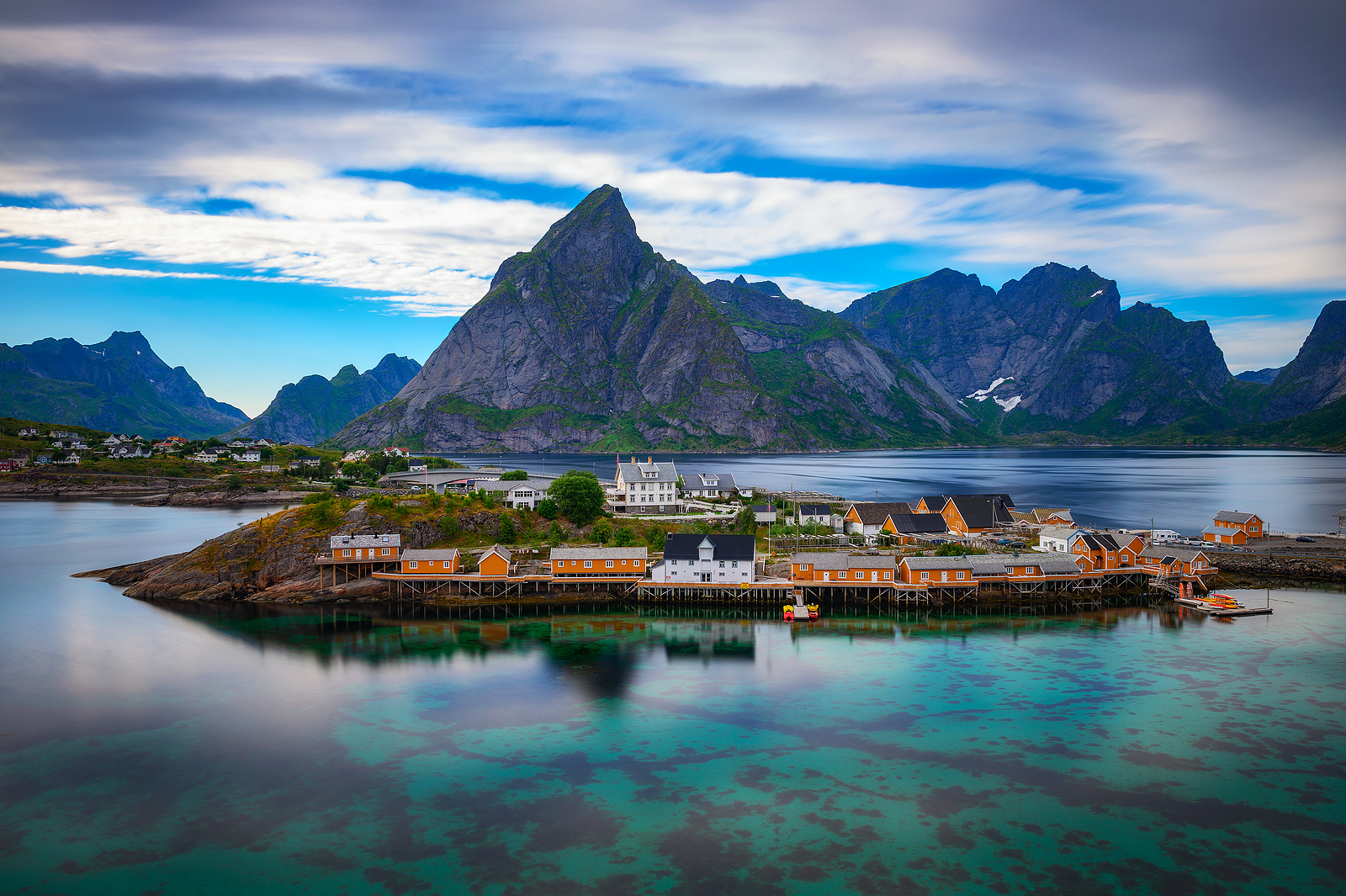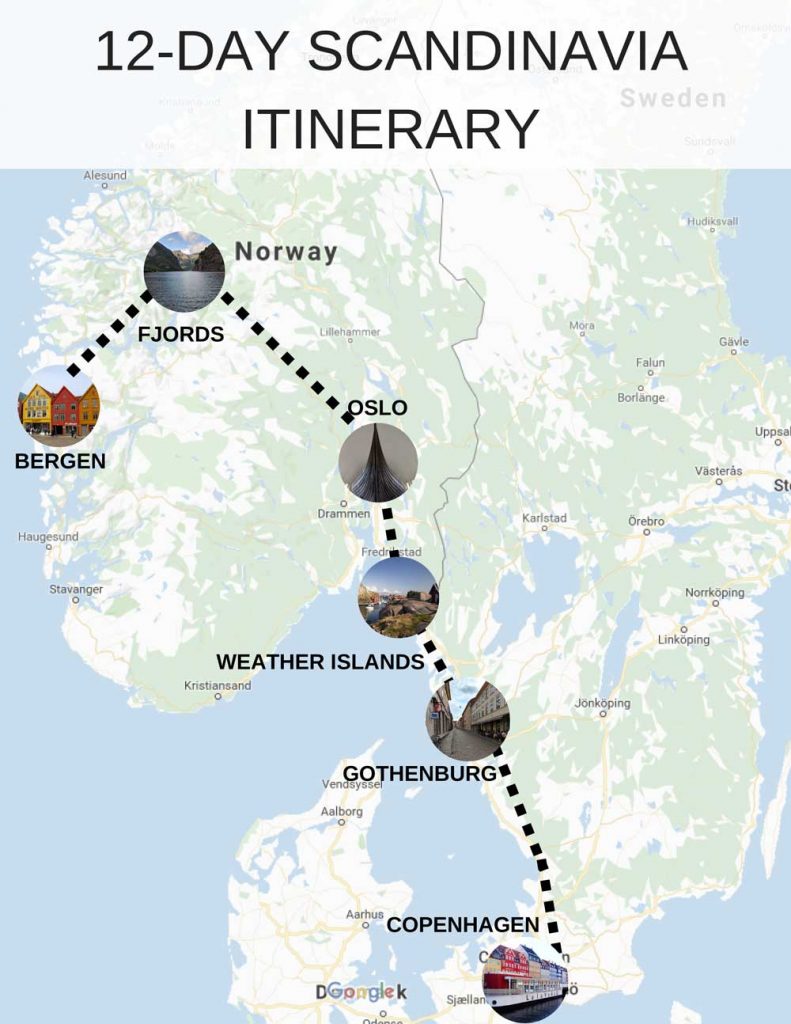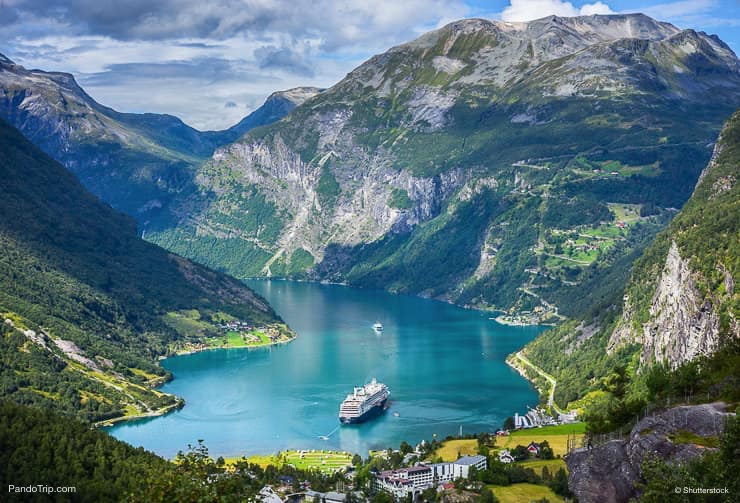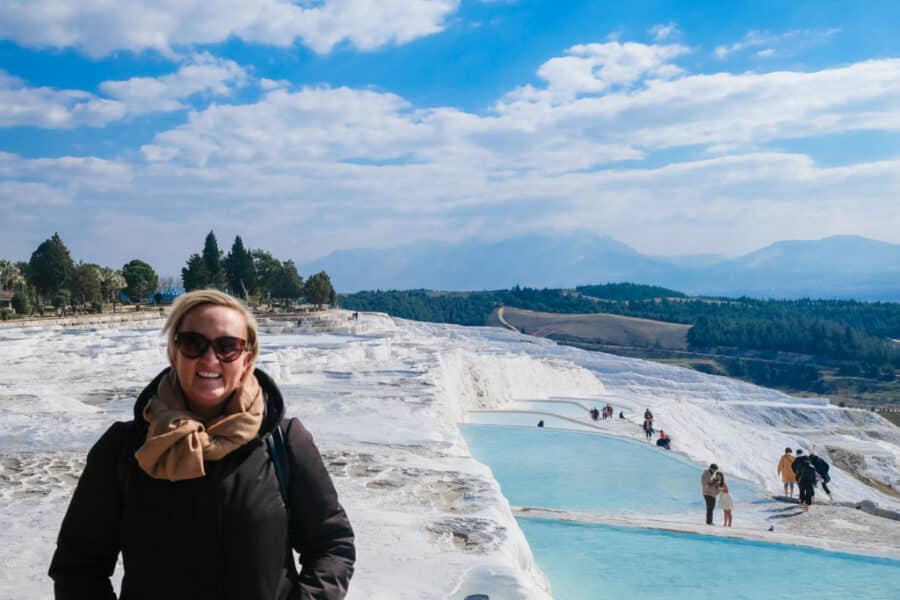
Imagine a hillside transformed into a cascading wonderland of brilliant white terraces, filled with pools of milky, turquoise water. This isn’t a scene from a fantasy film; it’s Pamukkale, Turkey’s "Cotton Castle," a natural marvel that has captivated travellers, healers, and emperors for millennia. A UNESCO World Heritage site, Pamukkale is a surreal landscape where geology and history collide, offering a unique blend of natural beauty, ancient ruins, and therapeutic relaxation.
Visiting this iconic landmark requires some planning to fully appreciate its splendour and avoid the common pitfalls of a major tourist destination. This comprehensive guide will walk you through everything you need to know, from the site’s rich history and must-see attractions to practical tips on timing, transport, and tasting the local cuisine.
A Journey Through Time: The History of Pamukkale and Hierapolis
Related Articles about Pamukkale’s Cotton Castle: A Complete Guide to Visiting Turkey’s Thermal Pools:
- Journey to the Golden Dunes: Unveiling the Sahara Desert
- Barcelona: A Timeless Tapestry of Art, History, and Mediterranean Charm
- Aloha Spirit and Volcanic Wonders: Your Ultimate Guide to the Top Things to Do in Hawaii
- Bali: A Traveler’s Guide to the Island of Gods
- Paris: A Timeless Symphony of History, Art, and Gastronomy
To truly understand Pamukkale, one must look back thousands of years. The dazzling white terraces, known as travertines, are a geological phenomenon. For millennia, hot, calcium-rich spring water has flowed down the 200-meter-high cliff face. As the water cools, it deposits calcium carbonate, which hardens over time to form the stunning series of petrified waterfalls and terraced basins.
Recognizing the therapeutic properties of these mineral-laden waters, the Attalid kings of Pergamon established the spa city of Hierapolis at the top of the travertines in the 2nd century BC. The name "Hierapolis" means "Holy City," and it quickly became a popular healing centre. When the Romans annexed the area in 133 BC, Hierapolis flourished, growing into a bustling metropolis with grand temples, a magnificent theatre, extensive public baths, and a thriving community.
The city’s fame as a spa destination attracted visitors from across the Roman Empire, many of whom were elderly or ill and came seeking cures or a peaceful place to live out their final days. This is evidenced by the city’s vast and remarkably well-preserved Necropolis (cemetery), one of the largest in the ancient world.
Hierapolis continued to be an important city during the Byzantine era and was one of the places where the Apostle Philip was believed to have been martyred. However, a series of devastating earthquakes eventually led to its decline and abandonment by the 14th century. The ruins were left to the elements, silent witnesses to a glorious past, while the travertines continued their slow, steady creation. In 1988, both the natural wonder of Pamukkale and the archaeological site of Hierapolis were jointly inscribed as a UNESCO World Heritage Site, ensuring their protection for future generations.
The Main Attractions: What to See and Do
A ticket to Pamukkale grants you access to both the natural pools and the ancient city of Hierapolis. Plan to spend at least half a day, if not a full day, to explore everything without rushing.
1. The Travertine Terraces (The "Cotton Castle")
This is the main event. As you approach, the sheer scale and brilliance of the white cliffs are breathtaking. To protect the delicate calcium formations, visitors are required to remove their shoes and walk barefoot. The experience is unique: the ground beneath your feet is a strange, textured surface, and the channels of warm, mineral-rich water flowing over your ankles are soothing.
The designated pathway winds its way up the hillside, allowing you to paddle in the shallow, terraced pools. The water’s colour changes from a milky white to a stunning turquoise depending on the depth and light. Find a spot to sit, soak your feet, and take in the panoramic views of the valley below. Remember that many of the most picturesque pools are now off-limits to bathers to aid in their preservation, but the accessible areas still offer an unforgettable experience.
2. The Ancient City of Hierapolis
Perched atop the travertines, Hierapolis is far more than just a collection of ruins; it’s a vast and evocative archaeological site. Put your comfortable walking shoes back on and explore its wonders:
- The Roman Theatre: The crown jewel of Hierapolis is its spectacular theatre. Built during the reign of Emperor Hadrian and later expanded, it could seat over 15,000 spectators. The stage building (scaenae frons) is remarkably intact, adorned with intricate reliefs depicting mythological scenes. Climb to the top tiers for a breathtaking view of the entire archaeological site and the modern landscape beyond.
- The Necropolis: Stretching for over two kilometres, the Northern Necropolis is a city of the dead that tells a vivid story of the living. You’ll find a staggering variety of tombs, from simple sarcophagi to grand family mausoleums and circular tumuli. It’s a fascinating, and slightly eerie, walk through 1,500 years of funerary architecture.
- The Hierapolis Archaeology Museum: Housed within the beautifully restored Roman Baths, this small but impressive museum contains artefacts unearthed from Hierapolis and nearby sites like Laodicea. The collection includes intricately carved sarcophagi, stunning marble statues of gods and emperors, and smaller relics that offer a glimpse into daily Roman life.
3. Cleopatra’s Antique Pool (The Sacred Pool)
For a truly unique experience, take a dip in the Antique Pool. Legend has it that this pool was a gift from Marc Antony to Cleopatra, though this is likely a romantic fabrication. During a 7th-century earthquake, the portico surrounding the pool collapsed, and its magnificent Roman columns tumbled into the water, where they remain to this day.
Swimming here feels like bathing in history. The water is a constant, pleasant 36°C (97°F), naturally carbonated and rich in minerals. Floating amidst ancient marble columns and under the shade of cypress trees is a magical and deeply relaxing experience. Note that there is a separate entrance fee for the Antique Pool, but it is well worth the splurge.
Planning Your Perfect Trip: Essential Travel Tips
- Footwear is Key: You will be barefoot on the travertines. Bring a small bag or backpack to carry your shoes. For exploring the vast grounds of Hierapolis, comfortable walking shoes are non-negotiable.
- Pack Smart: The site is very exposed with little shade. Sunscreen, a wide-brimmed hat, and sunglasses are essential. Pack a swimsuit and a light towel if you plan to swim in the Antique Pool. A reusable water bottle is a must to stay hydrated.
- Timing Your Day: The site is busiest between 10 AM and 4 PM when tour buses arrive. To beat the crowds and the intense midday heat, arrive right when it opens (usually around 6:30 AM in summer) or visit in the late afternoon. The sunset from the travertines is spectacular, casting a golden glow on the white terraces.
- Entrance and Tickets: You buy a single ticket that covers both the Pamukkale travertines and the Hierapolis archaeological site. The Antique Pool has a separate ticket booth at its entrance. You can purchase tickets at the gate (there are three entrances: the Pamukkale town entrance, the North entrance, and the South entrance) or consider buying them online in advance during peak season.
- Respect the Site: Stick to the designated paths on the travertines. The formations are fragile. Do not try to climb on off-limits sections or take any pieces of the rock with you. Guards are on-site to enforce these rules.
When to Go: The Best Time to Visit Pamukkale
The ideal time to visit Pamukkale is during the shoulder seasons: Spring (April-May) and Autumn (September-October). During these months, the weather is pleasantly warm, the crowds are more manageable than in summer, and the landscape is at its most beautiful, with wildflowers blooming in spring.
Summer (June-August) is the peak tourist season. While the days are long and sunny, temperatures can soar, making it uncomfortable to walk on the hot ground of Hierapolis. If you must visit in summer, follow the advice above and go early in the morning or late in the afternoon.
Winter (November-March) is the low season. You’ll have the site almost to yourself, but the weather can be cold and rainy. The warm thermal waters will feel especially inviting, but some of the travertine pools may be drained for maintenance.
Where to Stay: Accommodation Options
- Pamukkale Town: For ultimate convenience, stay in the small town at the base of the travertines. Many hotels here have their own thermal pools fed by the same water sources and offer stunning views of the "Cotton Castle," especially when it’s illuminated at night. Options range from budget-friendly pensions to mid-range spa hotels.
- Karahayıt: Just a few kilometres north of Pamukkale, this town is famous for its "red water" springs, whose high iron content gives the water and travertines a reddish hue. It’s a quieter alternative, with a focus on wellness and spa treatments.
- Denizli: As the nearest major city (about 20 minutes away), Denizli offers a wider range of accommodation, from business hotels to budget options. It’s a good base if you prefer a more urban environment with better transport links and more dining choices.
A Taste of the Aegean: Local Food to Try
The cuisine in the Denizli province is a delicious representation of Turkey’s Aegean region, characterized by fresh vegetables, olive oil, and flavourful lamb. While in the area, be sure to try:
- Denizli Kebab: This is the region’s signature dish. It’s slow-cooked lamb, so tender it falls off the bone, traditionally served on flatbread without utensils.
- Gözleme: A simple yet satisfying savoury pancake made from thin, hand-rolled dough, filled with ingredients like spinach, cheese, or minced meat, and cooked on a griddle.
- Mezes and Olive Oil Dishes: Enjoy a variety of cold and hot appetizers (mezes) featuring local produce like eggplant, peppers, and beans, all generously dressed in high-quality local olive oil.
Getting There and Around: Transportation Options
- By Air: The nearest airport is Denizli Çardak Airport (DNZ), located about an hour’s drive from Pamukkale. Turkish Airlines and Pegasus Airlines operate regular flights from Istanbul. From the airport, you can take an airport shuttle (Havaş) to Denizli’s main bus station or hire a taxi directly to Pamukkale.
- By Bus: Turkey has an excellent and affordable long-distance bus network. Major companies like Pamukkale Turizm, Metro, and Kamil Koç run frequent services to Denizli from all major cities, including Istanbul, Ankara, Antalya, and Izmir. From the Denizli otogar (bus station), you can catch a dolmuş (minibus) for the final 20-minute journey to Pamukkale.
- By Car: Renting a car provides the most flexibility, allowing you to explore the region at your own pace and visit other nearby ancient sites like Aphrodisias and Laodicea. The roads in Turkey are generally well-maintained.
Pamukkale is more than just a photogenic landscape; it’s a destination that engages all the senses. It’s the feeling of warm, chalky water on your skin, the awe-inspiring sight of a 2,000-year-old Roman theatre, and the taste of a culture steeped in history. A visit here is a journey through nature’s art and humanity’s legacy, a truly unforgettable stop on any Turkish itinerary.
